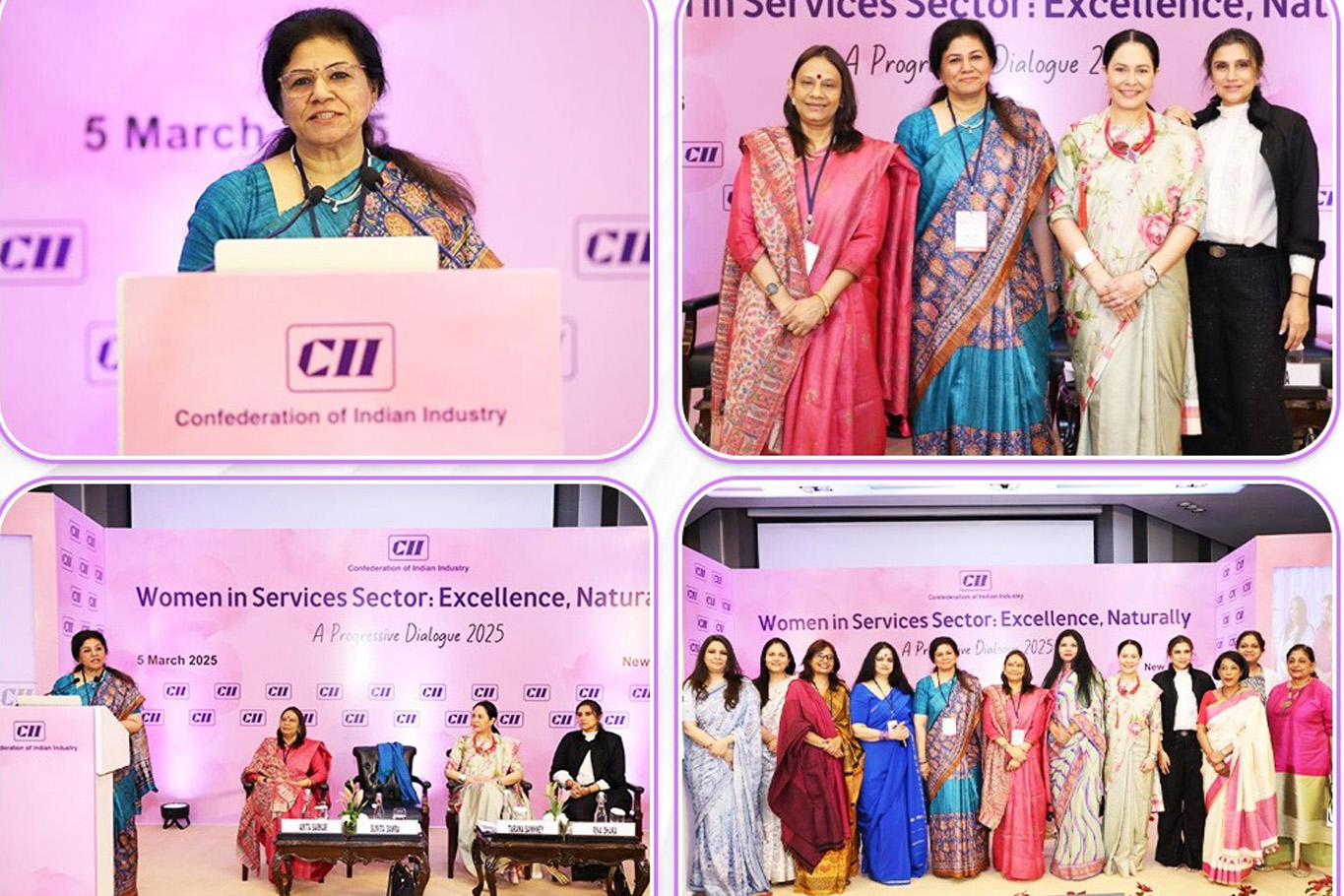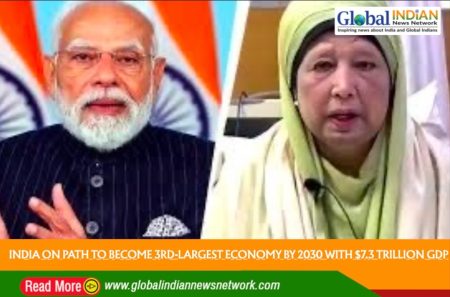
The labour force participation rate for women in India has witnessed a remarkable rise from 23% in 2017-18 to approximately 42% in 2023-24, with a significant increase in educated women joining the workforce, Union Labour and Employment Secretary Sumita Dawra said on Wednesday.
Speaking at the Women in Services Sector CII Dialogue 2025, Dawra highlighted the progress made by women across various sectors, including agriculture, manufacturing, and services, marking their growing influence in India’s economic landscape.
She reiterated the government’s commitment to the target set in the Union Budget 2025-26, which aims for 70% of women to be engaged in economic activities by 2047. This vision aligns with the goal of a developed India, ensuring greater female participation in economic growth.
Dawra emphasized the significance of mentorship programs to prepare women for leadership roles and stressed the need for creating safe and inclusive workplaces. She highlighted the potential of fields such as STEM, entrepreneurship, and startups as critical avenues for increasing women’s participation in the workforce.
Royal Recognition for Women’s Role in Society
Maharani Shailja Katoch, of the royal family of Kangra-Lambagraon (Himachal Pradesh), also addressed the gathering, emphasizing the integral role of women in society. She referred to them as the backbone of change, nurturing communities while managing multiple responsibilities.
Discussing education, she expressed confidence in India’s progressive policies and noted that determined women can achieve remarkable success. She cited examples of girls from Himachal Pradesh excelling in diverse fields, including civil services and corporate leadership roles.
On the topic of cultural preservation in the digital era, she highlighted the importance of making heritage appealing to younger generations by integrating modern elements such as audiovisual storytelling, social media, and contemporary product adaptations.
Women’s Role in Art and Cultural Progress
Tarana Sawhney, Advisor to the CII Task Force on Art & Culture, spoke about the significant role women have played in shaping India’s cultural landscape. She pointed out that historically, women have been the unseen architects of India’s cultural fabric—working as storytellers, artisans, performers, designers, and curators—whose contributions are now receiving due recognition.
She highlighted the impact of renowned artists such as Amrita Sher-Gil, whose works continue to achieve record sales, and contemporary artists like Mrinalini Mukherjee, Zarina Hashmi, and Nalini Malani, who have earned international recognition with exhibitions at prestigious venues such as the Yorkshire Sculpture Park and the National Gallery in London.
Sawhney further acknowledged the role of women in leading India’s top contemporary art galleries and their active participation in global institutions. However, she also noted persisting challenges such as unequal pay, limited institutional support, and sociocultural biases. She advocated for equipping women with technological tools and resources to advance their artistic and entrepreneurial pursuits, envisioning a future where gender equality is a given and opportunities are accessible to all.
Women in Fashion Industry and Skill Development
Fashion designer Rina Dhaka underscored the crucial role women play in the fashion industry, contributing across areas such as design, production, retail, and entrepreneurship.
She stressed the need for skill-building initiatives and training programs targeted at female tailors, machine operators, and CAD designers to enhance employment opportunities and promote fair compensation. She urged the government and industry leaders to collaborate on mentorship programs, tailored policies, and financial support—especially for small-scale, women-led businesses.
Dhaka also highlighted the rapid transformation of India’s fashion industry, which has grown exponentially from a handful of designers to thousands of thriving businesses, even reaching small towns and rural areas.
The discussion at the CII Dialogue 2025 underscored the progress made by Indian women in various sectors while also emphasizing the need for continued efforts to achieve greater workforce participation and gender equality.












